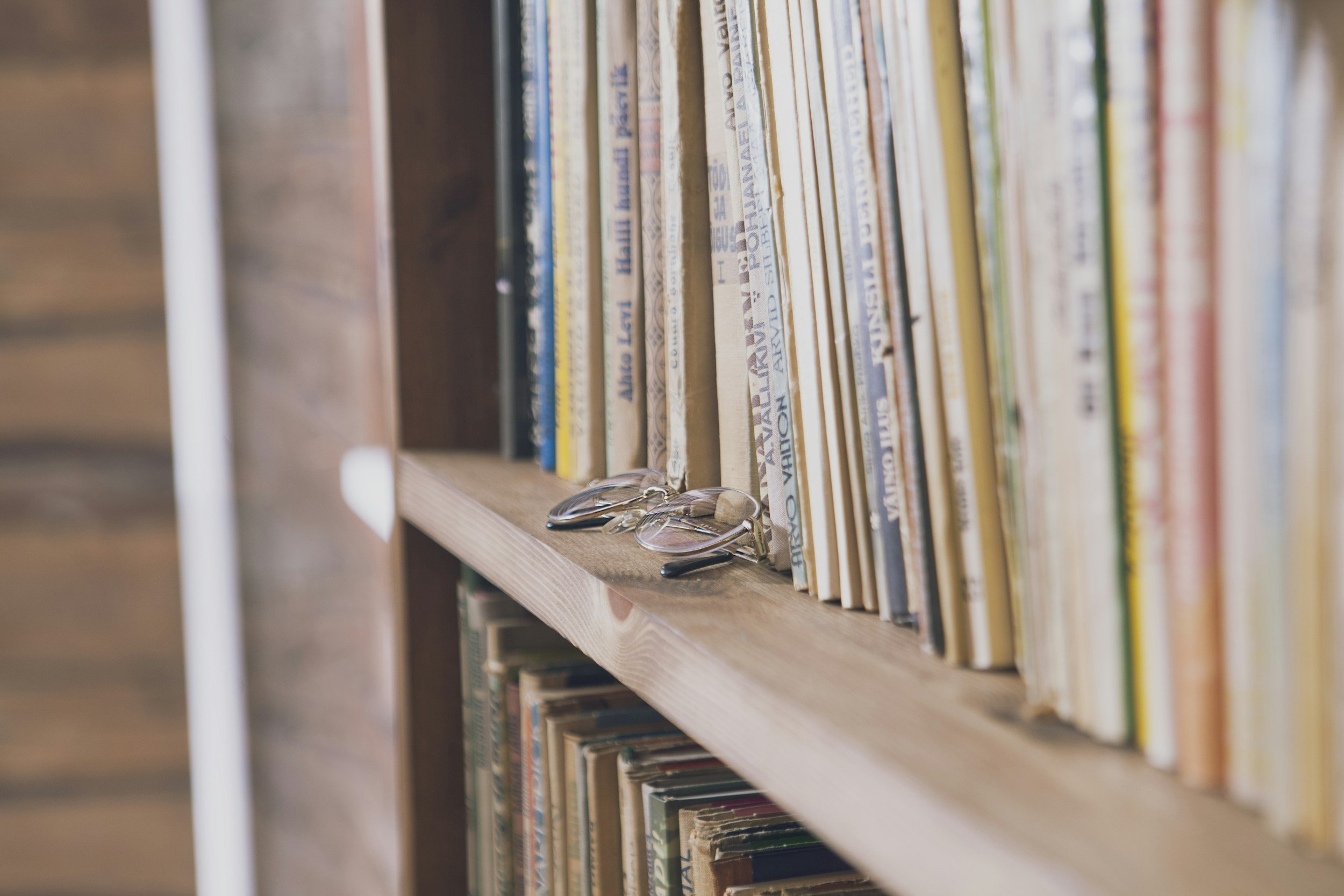How to Start Diversifying Your Reading Lists
This is how I began to diversify my reading lists!
I think when it comes to my book reading and consuming journey, I’ve had a little bit of a different experience than most people. When I was thirteen, I applied to my county’s magnet school programs, which meant I was trying to specialize in a field at a high school that was different than the one I was zoned for.
I was accepted into and attended the literary arts program at an arts high school in my county, which turned out to be such a life changing decision. It’s how I’ve made a career as a writer, and now my work is published in many different places. But it was in that program I began realizing a lot of the authors and writers I was reading weren’t women or people of color.
In college, as I attended an arts school for business in New York City, I swore I never really wanted to learn the history that was the mainstream anymore. That meant a lot of straight white men and their writing was off the tables. I also stopped reading for a year around this time because I was so burned out from high school.
Now, having received my master’s degree, focusing on Korean women’s literature in the colonial and immediate postcolonial period, I can comfortably say I read pretty diversely. I can do better—we all can always do better when it comes to the kind of content we’re consuming.
That said, I’ve dedicated a good chunk of this book blog to BIPOC authors and representation. Here are some tips I picked up along the way to find new books outside of my comfort zone.
You should be very intentional on social media.
Social media runs on algorithms, so if you consume a lot of content, you’re going to be stuck in the same cycles a large portion of the time. I certainly have some thoughts about BookTok, but a discussion I had recently was the lack of diversity that appears in those mainstream algorithms.
You need to be very intentional about who you’re following when you want to diversify your reading lists. Seek out creators who are also trying to be intentional about diversity and what they’re reading in this moment. From there, book recommendations are going to pop out of nowhere.
When I began following more diverse creators, I began to get so many different recommendations. I took it a step further and began following creators from outside the United States, where I am from, and began to learn so much more about regional literature and traditions.
Diversify the ways you get recommendations, too.
I know a lot of people get their recommendations nowadays from social media. I’m going to challenge that notion, as there are a myriad of ways to get recommendations.
Blogs, like this one, tend to be a great source of information. I know a lot of people claim that blogs are dead and gone, but we’re here. You ended up on this page, right? I get about 50,000-100,000 hits in a month—that’s a sign the bloggers are alive and well on the Internet.
Trade publications are also another hidden way to find out more. Asian Review of Books was a place that I got a lot of recommendations from when I was looking for Asian literature to consume. I also look at sites like Hyperallergic for recommendations of books in the arts sphere, or The New York Times’ book reviews for more literary establishment reads.
At the library or bookstore, look for books that are outside your comfort zone.
I mainly get my books from the library, but this is such a simple tip at the end of the day. We have to be getting books somewhere—so unlock your inner creativity!
My local library makes themed stands for writers of color, and has a process of highlighting certain communities throughout the year. Bookstores also tend to do something similar, so that’s one of the easier ways to not assume what an author is as you’re approaching a book stand.
You can also just read the titles (again: assuming is bad) to see if the book is something that you’re potentially interested in reading the synopsis. I’ve seen some titles, become curious, and then read the synopsis. That typically makes me realize this is a POC story that I want to read.
Keep remembering this is a process and a journey, not a race.
A lot of people tend to beat themselves up because they don’t reach their reading goals. I typically don’t like the Goodreads challenges because of this; we shouldn’t be gamifying the process of reading just so you can say you read XYZ books within a year. Ironic coming from someone who reads a lot, but this is how it is.
Anyways, what I’m trying to say is this: don’t beat yourself up because you haven’t read a ton of BIPOC/POC literature at first. It’s okay to realize you’ve been missing out on critical voices in the literary sphere, and mourn that, but the future is bright. You can change that from this point on.
So foster that sense of curiosity and adventure when you look for a new book to read next time. There’s an author out there whose work you can champion, and this is just the beginning.
Follow me below on Instagram and Goodreads for more.


![Jeju-do (제주도) is one of those places that reminds you of how stunning the world is
[7.12.2024 부터 7.14.2024 까지]](https://images.squarespace-cdn.com/content/v1/5ea1f794501b7153b29e7cd7/1721033601522-554E76HR01JUHDWZBJ1I/image-asset.jpeg)









